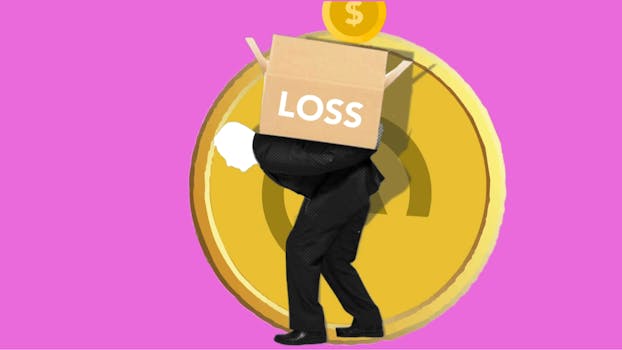Companies with the best and the worst fundamentals.
Lists of companies in NSE500 with the best and the worst fundamentals...
Lists of companies in NSE500 with the best and the worst fundamentals...
List of the latest important filings for NSE500....
Lists of companies in NSE500 with the best and the worst technicals...

A professional analysis of the IMF’s October 2025 Global Financial Stability Report,...

The article provides an overview of the Financial Policy Committee's meeting on...

The article examines the multifaceted economic repercussions of political impasses in the...

The Bureau of Labor Statistics’ August 2025 Consumer Price Index (CPI) data reveal a modest yet meaningful uptick in inflation pressures. According to the report, the overall CPI for All Urban Consumers (CPI-U) increased by 0.4 % month-over-month (seasonally adjusted), and rose 2.9 % over the past 12 months (not seasonally adjusted). Meanwhile, the “core” CPI, excluding food and energy, climbed 0.3 % month-over-month (SA) and 3.1 % year-over-year (NSA).
The increase in August was broadly distributed, with several key components contributing to the rise. Shelter costs continued their upward trajectory, being a major source of inflation. In energy, gasoline prices rose about 1.9 % month-over-month, while electricity inched up and natural gas declined. Food also contributed — the “food at home” index rose 2.7 % over the past year, driven by categories like meats, poultry, fish and eggs. Among non-energy, non-food (“core”) categories, indices for used cars & trucks, household furnishings, motor vehicle insurance, and medical care showed noticeable gains. Offsetting pressures came from a slight decline in the medical care index in August.
The persistence of a 3.1 % year-over-year gain in core CPI reinforces concerns that inflation is not yet on a smooth downward path. The monthly 0.3 % rise is also relatively firm in the context of recent history, suggesting that underlying price pressures remain resilient. The continued strength in shelter and ancillary services underscores inflation’s structural components, which are harder for monetary policy to quickly tame.
In light of these figures, the Federal Reserve faces a challenging balancing act. The data may reinforce the Fed’s caution against premature rate cuts. Markets currently price some probability of easing, but the strength in inflation may push back against aggressive easing expectations.
From the fixed-income markets’ perspective, the upward inflation surprise could place upward pressure on Treasury yields and push up term premia. Investors in real yields and inflation-linked securities will watch how this report feeds into inflation expectations and breakevens.
For equities, there is a dual risk: higher rates may compress valuation multiples, especially in growth sectors; at the same time, moderate inflation growth provides some support for sectors sensitive to pricing power (consumer staples, industrials). Many investors may lean toward tilting exposure toward defensives or yield-generating equities amid uncertainty.
Looking ahead, several metrics should be closely monitored:
While the August CPI report is significant, it must be read with awareness of surrounding nuances. First, monthly data are volatile and sensitive to idiosyncratic movements. Second, the BLS has noted that past monthly indexes (10–12 months backward) are subject to revision.
Third, the reliability of underlying data has been under increased scrutiny. Earlier in 2025, the BLS reduced its sampling in certain cities due to resource constraints, citing staff shortages and a hiring freeze. While the agency states that this should not materially affect the all-items CPI, it raises questions about increased volatility in specific subindices and geographic series.
Given the stickiness in core inflation and the upside surprises, investors may consider several tactical adjustments:
In total, the August CPI report delivers a reaffirmation: inflation remains stubborn, especially in core and shelter segments. Policy makers and markets must walk a fine line — too aggressive a stance could choke growth; too accommodative, and inflation may reignite. The coming months will be critical as more data flow in and markets adjust to evolving expectations.

The article examines the challenges faced by the Federal Reserve when critical...

The article examines the profound effects of the U.S. government shutdown on...